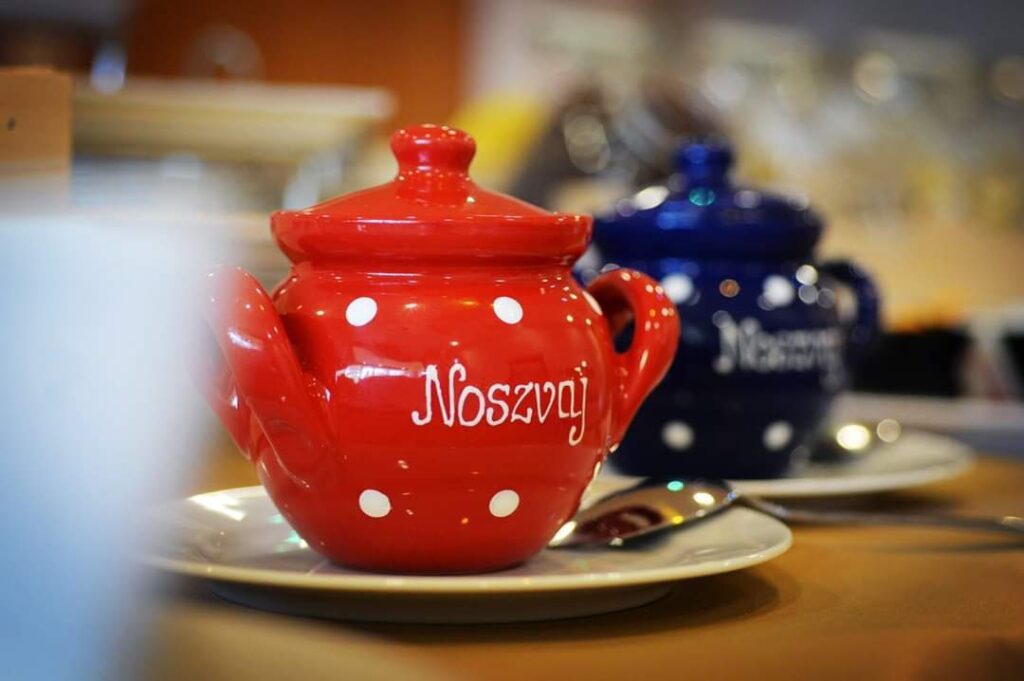Tourist attractions in Noszvaj
The tourist attractions of Noszvaj are mapped out on a route, which can be easily followed with the GPS track here.
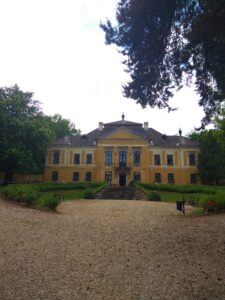
De la Motte Castle
The castle was built between 1774 and 1778 in the late baroque (plait) style. Each room is decorated with frescoes of a different theme. It was built by Baron Samuel Szepessy, who was forced to sell the castle to Baron Anna Vécsey. The name of the castle comes from her second marriage: her husband, de la Motte, was a colonel in the court of Maria Theresa. The French decoration and references to the interior of the castle are attributed to her.
The castle serves today as a museum.
Artisanal jams
Noszvaj is a small village at the junction of the Bükk Mountains and Alföld, famous for its plum jam.
The history of jam making in Noszvaj goes back centuries.
The locals used to sell the fruit grown here and the products made from it at weekly fairs in the surrounding villages and in the farming towns of the Alföld area. They also traded them for other goods. The fruit was either dried or used to make jam.
Another typical product of the village is plum jam, which is still prepared following a centuries-old proven “recipe”, when the plums are pitted and cooked for 10-20 hours, depending on the quantity.
This method produces a jam that can be kept for years. At the family house of the parents, anyone is welcome to learn the secrets of jam making, to taste and to shop.
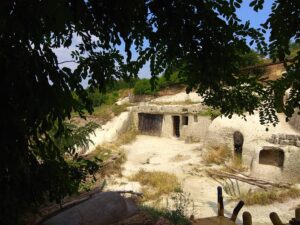
Cave dwellings
The cave dwellings of the Bükk were first described by Ottó Herman in the early 1900s. There are 3 types of cave dwellings, ranging from very simple dwellings with 1-2 rooms to complex systems including farm buildings. The façades of the dwellings were protected by whitewash, and many show traces of tiled eaves supported by wooden or stone pillars.
The evolution of cave heating systems has evolved in parallel with the types that appeared in traditional houses. In Noszvaj it is common to have an open kitchen. Later on, economic stoves appear.
The oven is used for both heating and baking, and is gradually moved out of the room into the outside space.
The cave dwellings in Noszvaj are part of the stone culture of Bükkalja.
The livelihood of the people in this area has always been based on the income from quarrying and carving stone. The everyday usage of stone is still common in the surrounding villages.
The culture of the countryside and the peasantry, in particular, preserved these types of living spaces until the 1960s. Apart from the electricity, there were hardly any changes in the caves. Then, with the loss of traditional values and the change of lifestyle, the dwellings lost their function as living spaces. Around 1997, the villagers used their cave dwellings mainly for economic purposes (storage of crops, wine cellar, toolshed). The majority built detached houses, taking advantage of the improved living conditions and got rid of their dwellings. The area around the hill has been known for centuries as the Farkaskő-dűlő (wolf-stone dune).
Preserving the memory of the underground “architecture”, an initiative to revitalise the landscape and to create a workshop was launched in 1997. Initially they cleaned up the landscape. Nowadays they host fine art, music and arts and craft camps.
Local wine producers
Visitors can taste and buy wine at several places along the route.
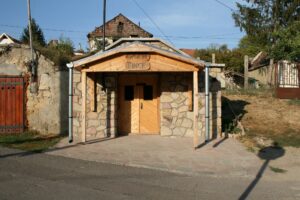
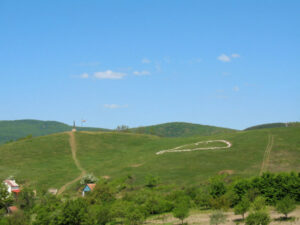
Imány - tető, Millennium Monument
For an unrivalled view, head up to the top of Imány, or as it used to be called, Mount Árpád. Walking on the hillside, you can see many wild flowers and protected plants. The Millennium Monument was built in 1996, best accessible from Bartók Béla Street.
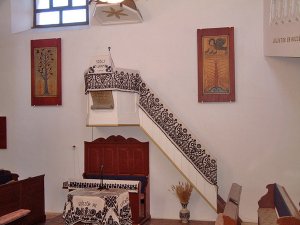
Reformed Church
The remaining carved stones of the village’s first church serve as evidence that in the first half of the 13th century there was already a smaller, single-nave Romanesque building, probably without a tower.
This is also suggested by the fact that coins from the time of King Béla IV (1235-1275) were found in the older cemetery around the church during demolition work.
In the second half of the 1600s, a new painted ceiling with 40 coffered panels was added. In 2001, thanks to the work of Sándor Gelsei, copies of the original cassettes were made and exhibited in the Reformed Church of Noszvaj.
Services on Sundays at 10:30 and 15:00
